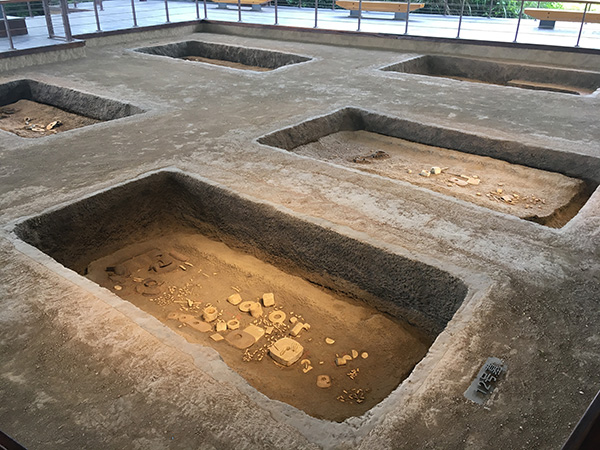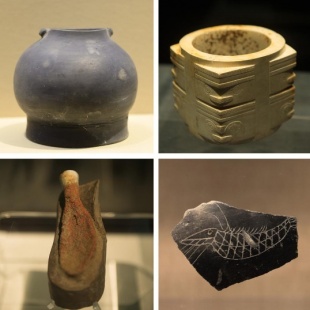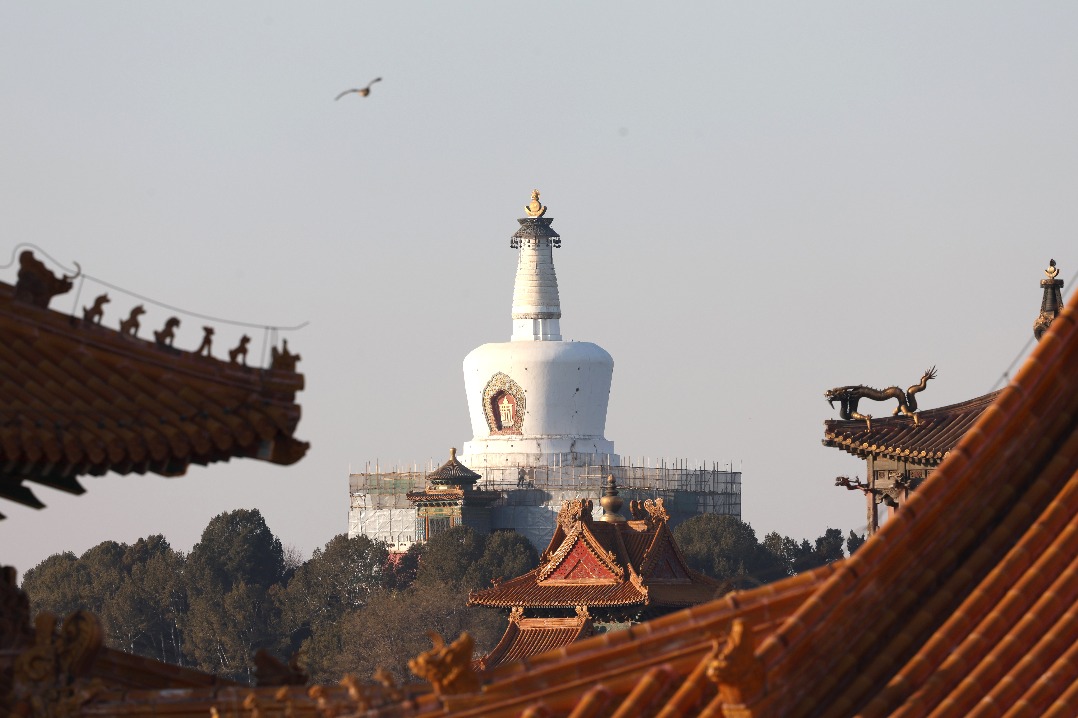Ancient site stands the test of time


New understandings
In the West, the appearance of a city, written characters and metallurgy have been commonly considered as three basic elements to judge whether a culture had become a "civilization".
In Liangzhu Culture, some 600 drawings were found on black pottery, which were thought to be prototypical written characters, but no evidence of metallurgy, such as bronzeware, was found.
However, Liu said those criteria cannot "fit all civilizations".
"Metallurgy was used as a benchmark because it indicated developed craftsmanship and a society with well-organized labor cooperation," he said. "Jade also proves these points."
Studies of Liangzhu have led to Western scholars forming new views.
British archaeologist Colin Renfrew, a fellow of the British Academy, said after his research in Liangzhu: "The importance of findings from the Neolithic Age in China has been greatly underestimated. Cong and bi unearthed from the Liangzhu historical site represent a unity of values in the region. The complexity of society in Liangzhu was on par with that of a country. This is the origin of Chinese civilization.
"Viewed from a global perspective, Liangzhu has brought the origin of the state and society in China to a level equal to that of civilizations in Egypt, Mesopotamia and India.
"The historical site at the Liangzhu dam might be the earliest one in the world," Renfrew added.
Scholars once considered that the Central China Plain along the Yellow River (the plain is commonly known as Zhongyuan) was the cradle of Chinese civilizations, and Liangzhu Culture was once downplayed by academia as being a branch of a counterpart spreading from the north.
"However, Liangzhu Culture has its unique character and proves that the Yangtze River is another cultural hub," said Song Xinchao, deputy director of the National Cultural Heritage Administration. "New archaeological research has changed the way we understand our history. If early-stage Chinese civilization is a starry sky, Liangzhu is a shining star."
In recent years, the Shimao site in Shaanxi province, the Taosi site in Shanxi province and some other archaeological sites nationwide that can be traced back 5,000 years have become popular destinations for archaeologists because of indications they were early-stage states.
Song said, "They all contribute to the form of a united country with diverse cultures in Zhongyuan 4,000 years ago."
He added that what is now known about Liangzhu is only the "tip of the iceberg".
"Liangzhu Culture needs much follow-up work to figure out the social changes," he said. "We're glad a framework for comprehensive studies has been established."
Liu said many questions remain unanswered. For example, where was the jadeware found at Liangzhu first produced? What is the connection between Liangzhu city and other ruins in Jiangsu and Shanghai? Why was the city built on marshland between mountains?
"Archaeological studies of Pompeii in Italy began in 1748, and are still ongoing," he said. "We need such a sense of lasting responsibility when studying Liangzhu as well," he added.





































